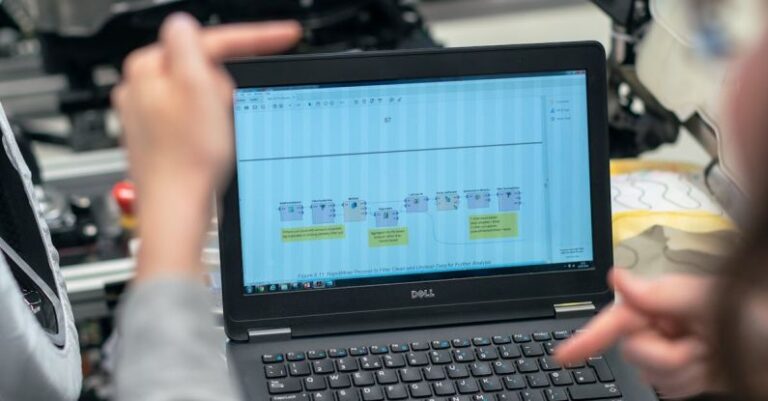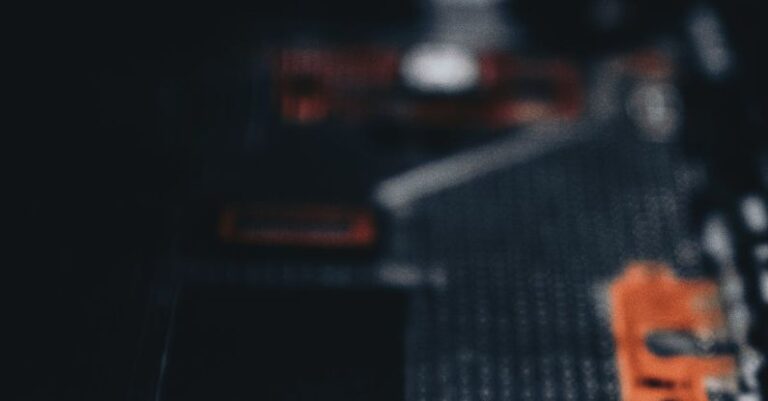
Creating interactive art through creative coding is a fascinating way to blend technology and creativity, allowing artists to engage their audience in unique and immersive experiences. By combining programming skills with artistic vision, creators can develop dynamic and engaging artworks that respond to user input, changing environments, or even external data sources. In this article, we will explore how artists can harness the power of creative coding to bring their interactive art projects to life.
**Exploring Creative Coding Tools**
The first step in creating interactive art with creative coding is to familiarize yourself with the tools available for this purpose. Platforms such as Processing, openFrameworks, and p5.js offer powerful frameworks for artists to write code that generates visual and interactive elements. These tools provide a range of functions and libraries that simplify the process of creating interactive art, allowing artists to focus on their creative vision rather than the technicalities of coding.
**Experimenting with Visual Elements**
One of the key aspects of interactive art is the visual component, which plays a crucial role in engaging the audience and creating immersive experiences. Artists can experiment with different visual elements, such as shapes, colors, textures, and animations, to bring their artworks to life. By manipulating these visual elements through code, artists can create dynamic and responsive artworks that react to user input or external stimuli.
**Adding Interactivity and User Engagement**
Interactivity is at the core of interactive art, allowing users to actively participate in and influence the artwork. Artists can use creative coding to add interactive elements to their artworks, such as buttons, sliders, mouse interactions, and keyboard inputs. By incorporating these interactive elements, artists can create engaging experiences that invite users to explore and interact with the artwork in unique ways.
**Integrating External Data Sources**
Another exciting aspect of interactive art is the ability to integrate external data sources into the artwork, creating dynamic and responsive experiences that reflect real-world events or conditions. Artists can use creative coding to connect their artworks to data sources such as weather APIs, social media feeds, or even live sensor data. By visualizing this data in creative ways, artists can create artworks that respond to changes in the external environment, creating a dynamic and ever-evolving experience for the audience.
**Sharing and Collaborating with the Community**
Once artists have created their interactive art pieces, they can share their work with the creative coding community to receive feedback, collaborate with other artists, and showcase their creations to a wider audience. Platforms such as GitHub, OpenProcessing, and CodePen provide avenues for artists to share their code, collaborate on projects, and engage with a community of like-minded creators. By sharing their work with the community, artists can inspire others, receive valuable feedback, and continue to push the boundaries of interactive art.
**Embracing the Creative Possibilities**
In conclusion, creative coding offers artists a powerful and versatile tool for creating interactive art that engages and captivates audiences. By exploring the potential of creative coding tools, experimenting with visual elements, adding interactivity, integrating external data sources, and sharing their work with the community, artists can push the boundaries of what is possible in interactive art. Through creative coding, artists can unleash their creativity, explore new artistic possibilities, and create immersive and engaging experiences that captivate audiences and inspire the next generation of interactive artists.





